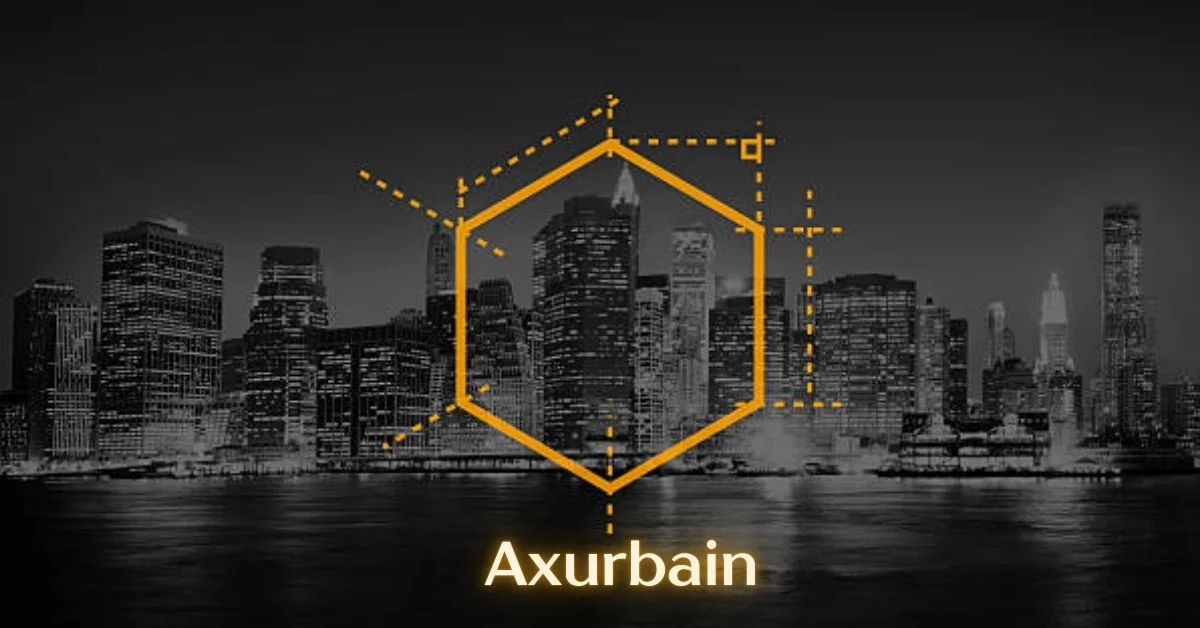Axurbain: A Visionary Idea or Just Urban Myth?
In the fast-evolving world of city development and urban design, new terms constantly enter public discourse. One such term catching recent attention is “Axurbain.” It sounds futuristic, perhaps even technical, but is it a grounded idea in the field of urban planning—or is it simply a trendy label with no real meaning? This article explores the roots, possibilities, and interpretations of Axurbain in a fresh and original way.
Understanding the Word: What Might “Axurbain” Mean?
Breaking down the word gives us a hint. It appears to be a blend of two ideas:
- “Ax” might suggest “axis” or “access.”
- “Urbain” is reminiscent of “urban,” which relates to cities or developed areas.
From this breakdown, one might assume Axurbain refers to a central access point or organizing principle within an urban context. But there’s more than just wordplay here. The concept could imply a new way of viewing how modern cities function and evolve.
The Mystery Surrounding Axurbain
Unlike standard urban terms like “zoning,” “smart cities,” or “walkability,” Axurbain isn’t part of conventional planning dictionaries. This has led many analysts and writers to question whether it’s a newly emerging framework, a branded ideology, or simply a speculative term coined for attention.
Still, even without a fixed definition, the term opens up an opportunity to think differently about urban development. Sometimes, the absence of strict meaning allows creativity to flourish.
A Hypothetical Framework: If Axurbain Were Real
Let’s imagine Axurbain as a genuine planning strategy. What could it involve?
1. Axis-Based Urban Structuring
Cities have historically evolved around natural or built axes: rivers, roads, trade routes. Axurbain might take this concept further, developing cities where all systems (transport, commerce, residential areas) align with interconnected “axes” of purpose. Instead of chaotic sprawl, neighborhoods would orbit clearly defined functional lines.
2. Conscious Access Design
Access to healthcare, education, green spaces, and transport often defines the livability of a city. In an Axurbain model, planners would ensure that every resident is within a few minutes’ reach of core services, no matter where they live. The city’s “access web” would be designed for equity and inclusivity.
3. Interconnected Hubs
Rather than having a single downtown core, an Axurbain approach could favor multiple smaller hubs arranged strategically. Each node might specialize—one in culture, one in tech, another in agriculture—and yet all remain linked through smart infrastructure and policy.
Cultural Interpretation: Could Axurbain Be a Philosophy?
Beyond structural planning, some may argue that Axurbain represents a way of thinking. A mindset, not just a method.
This philosophy might promote:
- Balance between heritage and innovation – Cities maintaining their identity while embracing the future.
- Focus on human-centered design – Streets built for people, not just cars.
- Emphasis on fluid boundaries – Moving away from rigid districts toward adaptable, evolving spaces.
It’s possible that the term has taken root in creative or academic circles for this very reason. Like modern art, its strength may lie in the openness of its meaning.
Is It Just a Buzzword?
There’s always a risk that new terms are used more for marketing appeal than for real-world application. “Smart cities” became popular long before meaningful changes happened. “Metaverse” urbanism is another term gaining traction, though often without clear definition.
Axurbain could fall into the same category—a fresh coat of paint on familiar ideas. However, the buzz isn’t necessarily a bad thing. Sometimes it helps gather momentum for change, even if the original meaning is vague.
Imagining a City Built on Axurbain Ideals
Let’s picture a fictional city—call it Virelune—built from the ground up using the Axurbain approach.
- Central Axes: The entire city radiates from a civic core—where education, public services, and open government exist. Everything branches from there.
- Layered Access: Instead of zones, the city is designed with overlapping circles. You can live next to your workplace, and just a short ride from your family’s health provider.
- Green Spines: Instead of major roads dividing neighborhoods, green “spines”—bicycle highways, tree-covered walkways—connect communities while promoting clean mobility.
- Cultural Echoes: Local architecture, languages, and traditions aren’t erased. They’re actively woven into public art, signage, and building codes.
Virelune is not utopia—but it is a possible reflection of what Axurbain could offer if applied intentionally.
Critics of Ambiguity
Some professionals push back against terms like Axurbain. Their reasons:
- Lack of clarity leads to misinterpretation.
- Policymakers need concrete frameworks, not abstract concepts.
- Innovation shouldn’t rely on buzzwords.
These criticisms are valid. But one could argue that early versions of now-mainstream planning models (like New Urbanism) also faced the same pushback. The evolution of an idea often starts in ambiguity.
Axurbain and the Role of Technology
If we integrate technology into the Axurbain framework, what does it look like?
- Dynamic data maps show population flows and help the city adapt in real-time.
- Modular structures that change purpose over time based on community needs.
- Automated infrastructure that responds to energy demands, traffic patterns, and weather.
Here, Axurbain becomes more than a vision—it becomes a responsive organism, guided by both human intuition and digital intelligence.
Will Axurbain Influence Future Design?
Only time will tell. What’s certain is this: the term Axurbain, whether invented or emerging from collective design thought, has sparked curiosity. It invites professionals, students, and citizens alike to question how cities are made—and how they could be improved.
Final Thoughts: Beyond the Name
Names carry weight, but meanings give them life. Axurbain, in its undefined glory, opens a portal to rethink how we view space, access, and evolution in urban settings. Whether it becomes a mainstream theory or fades into conceptual memory, it has already done something important—it started a conversation.
And perhaps that’s exactly what it was meant to do.






